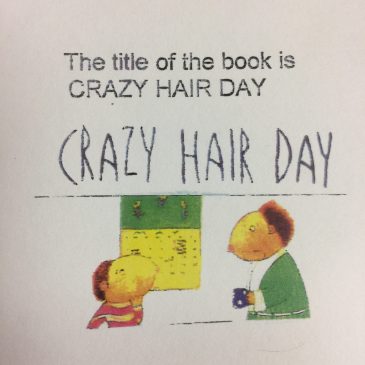Last month, the state of California agreed to pay $53 million to 75 schools who have the most students in third grade attaining the lowest scores in reading literacy. The plaintiffs were students who came from three different schools because they were experiencing very poor instruction. It turns out other schools were experiencing the same poor conditions:
“Joseph Bishop, who directs the Center for the Transformation of Schools at the University of California, Los Angeles, said the schools had class sizes so large that instructional differentiation was impossible and few or no instructional coaches or literacy experts. Mentoring and professional development for teachers and principals were rare, libraries were often closed, and they had little access to culturally relevant instructional materials.”
—Edweek Vol. 39, Issue 24, March 4, 2020.
To review, the phrase instructional differentiation, means that students are different and need different types of reading instruction, and different types of reading remediation. The case in California points out the poor conditions that many students face around the country when support for excellent reading instruction for 3rd grade reading literacy is ignored. But what of the places where good teachers are teaching a balanced literacy approach? Why are those students also not achieving literacy standards by 3rd Grade?
Reading Wars, Reading Debate
In an earlier blog (SchoolWorks Lab’s Edspeak Blog, Feb. 17, 2020) I wrote about the reading wars which are very loosely defined as the debate between whole language and phonics. I also pointed out a researcher who said that reading was understudied.
“It’s kind of an understudied issue,” said Mark Seidenberg, a cognitive scientist at the University of Wisconsin-Madison and the author of Language at the Speed of Sight: How We Read, Why So Many Can’t, and What Can Be Done About It. “[These programs] are put out by large publishers that aren’t very forthcoming. It’s very hard for researchers to get a hold of very basic data about how widely they’re used.”
—EdWeek article printed online Dec 3, 2019
But I think it would be more accurate to say that the science of reading is well researched, but the effectiveness of that research would be better understood if we had access to reading curriculum publisher’s data. Without access to that data, we still do have data called reading proficiency tests that show the breakdown in attaining reading proficiency—about 1/3 of all third graders attain reading proficiency.
Jean Chall may have started this debate back in 1967 with her book, “Learning to Read; The Great Debate.” In her article, Dr. Chall reminds us of the book in 1955, “Why Johnny Can’t Read,” and how despite thousands of studies over the last hundred years, no agreement on how to teach reading has been agreed upon. Just as phonics was being recognized in England, as Dr. Chall points out, so too the “phonic word method” in 1955 was challenging the site word method for the hearts and minds of teachers and students in America.
Scientific Reading Instruction
Without litigating the back and forth between whole language and phonics, which I have dodged now twice in the last couple of weeks, it might be more productive to cut to the chase of what we can do to benefit from the emphasis on scientific reading instruction today. If we look at Arkansas’ law passed in 2017, “The Right to Read Act,” we notice not just the push for evidence-based reading instruction, but the comprehensive reform taking place statewide. And I think this may be the real key to moving forward with this issue becase it involves all of the teachers in the state. All 33,000 teachers are either being trained, or becoming aware of the science of reading. Also, from an accountability point of view, this reform is backed up by testing and observation of those teachers.
Mississippi Leads the Way
When we look across the country for examples of states taking a statewide approach to improving 3rd grade reading proficiency, Mississippi comes to the foreground because they started way back in 2003. For example, looking over the National Assessment of Educational Progress testing of 4th graders in Mississippi,
“Only 21 percent of Mississippi’s 4th graders scored proficient in reading on NAEP in 2013; by 2019, 32 percent scored proficient.”
—EdWeek Vol. 39, Issue 24, March 4, 2020.
Foundational Reading Instruction Policy
So where do we stand on the debate of the reading wars? I think we can say with confidence that the science of reading instruction is:
- a “must-have” teacher competency credential,
- that balanced literacy should not short-change phonics, and
- that state initiatives that produce well-trained teachers, backed by more money for teaching preparation and ongoing professional development are needed reforms country-wide here in America.
The balance between phonics and whole language will continue to sway back and forth but the need for a more foundational skills approach, using the science of reading instruction and including some differentiated use of decoding skills when needed, will help us improve the number of students who attain reading proficiency. And the effort will require more than state laws being passed….it will take a change in policy at the national level to support teacher education coursework and in-school professional development of teachers.




